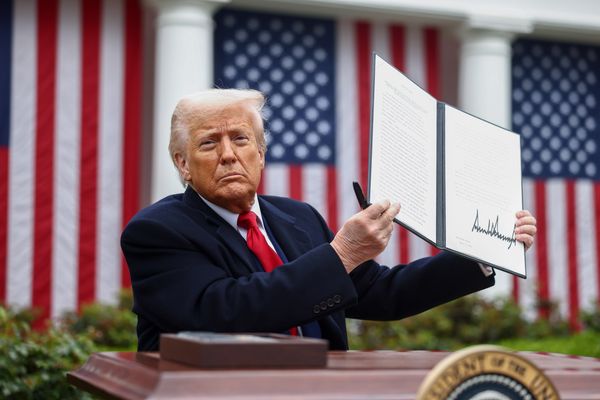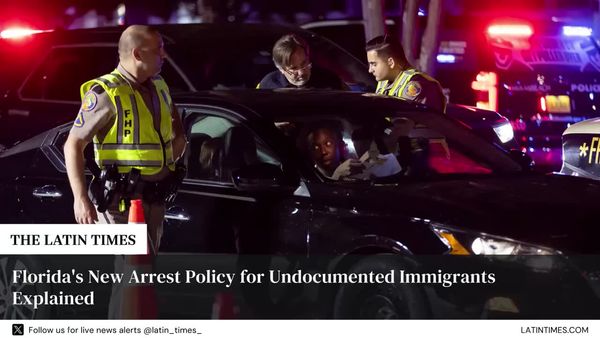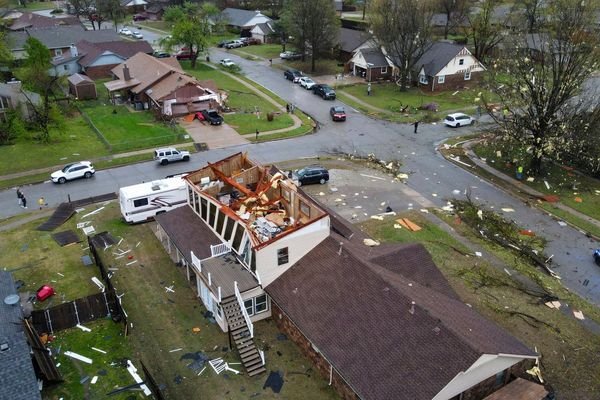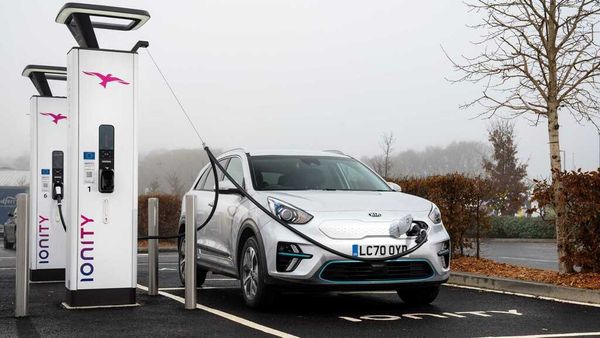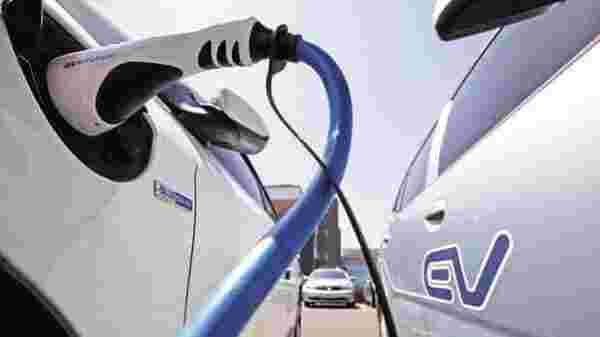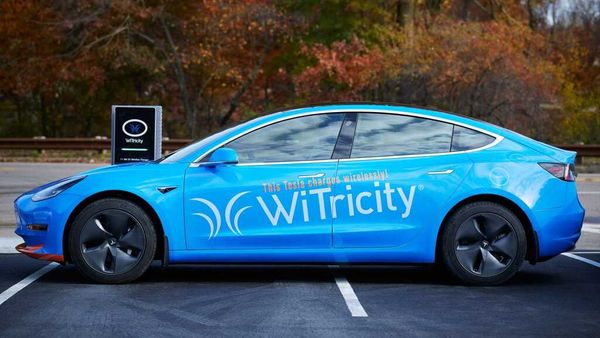The Biden administration's $5 billion electric vehicle charging plan — while far short of what's needed — is a psychological play meant to ease Americans' anxiety about driving an EV, experts say.
Why it matters: EV owners drive less than 40 miles a day, on average, and most charge their vehicles at home or at work. But by strategically placing fast-chargers along desolate stretches of interstate highways, the government aims to reassure consumers they'll never be stranded.
It's a classic chicken-and-egg problem. Consumers won't buy EVs until they're confident they can always find a charger. But most companies won't invest in charging infrastructure until there are enough users to make it profitable.
The big picture: By 2025, 25% of all new vehicles sold in the U.S. will be fully electric or plug-in hybrids, according to the latest forecast from Boston Consulting Group.
- Including those already on the roads, there will be about 10 million plug-in cars in the U.S.
- That means the U.S. will need at least 1 million public chargers by 2025 — up from about 131,000 publicly available plugs today.
Yes, but: Not all chargers are the same.
- 90% of them will be "slow" Level 2 chargers for apartment buildings or for topping off while at destinations like stores, libraries or churches.
- 10% will be "fast" chargers that can recharge an EV to 80% in just 20 minutes — about the time its takes to grab a snack and use the bathroom at a rest area.
The catch: Fast-chargers cost about $150,000 apiece — at least 1o times more than a Level 2 charger, per BCG.
Enter the federal government, which decided that, instead of trying to install as many plugs as possible, it would foot the bill for about 33,000 fast-chargers — the more expensive ones that private companies are reluctant to invest in.
- While this choice means the government is paying for fewer chargers, the commitment will help jump-start EV sales and likely spur additional private funding to fill out the rest of the network, BCG partner Nathan Niese tells Axios.
- Earlier this month the Biden administration laid out details for how states can apply for a share of the funds.
The bottom line: Range anxiety is less of a worry than it used to be because most EVs now have a driving range of at least 250 to 300 miles.
- Even so, "this will give people confidence to use EVs like we use gas vehicles," says Bonnie Datta, founder of Plug To Grid Strategies, an advisory firm. "Access to charging infrastructure is really the biggest hurdle now."
